Practical Lifestyle Advice to Support a Healthy Spine Every Day
November 12, 2025
8 min

Understanding the Foundation of Spine Health
The Importance of Physical Activity for Spine Health
Engaging in regular physical activity plays a crucial role in maintaining a healthy spine. Activities such as walking, swimming, and yoga help strengthen core muscles that support spinal stability and flexibility. Weight-bearing exercises enhance bone strength, which is essential in preventing osteoporosis and related back problems. For instance, residents in active communities like Torrance, California benefit greatly from consistent exercise routines to preserve spine longevity.
Role of Nutrition in Maintaining Bone Strength
Proper nutrition supports robust bones and spinal wellness. A diet rich in calcium, magnesium, and vitamin D—found in dairy products, leafy greens, fish, nuts, and fortified foods—helps maintain bone density and prevents degenerative bone conditions. These nutrients are fundamental in supporting skeletal health and reducing the risk of fractures or chronic back pain.
Basic Posture and Lifting Guidelines
Maintaining good posture is vital for spinal health. This means sitting straight with shoulders back, keeping the head aligned over the pelvis, and using ergonomic furniture to reduce strain. Lifting techniques also matter: bending the knees and keeping the back straight while lifting heavy objects effectively reduces injury risk. Practicing these habits daily can prevent spinal stress and muscular discomfort.
Prevalence of Musculoskeletal Issues Globally and Locally
Musculoskeletal disorders, especially low back pain, affect billions worldwide and are a leading cause of disability. In high-income regions including California, about 441 million people experience these conditions, highlighting their widespread impact. Local populations, such as in Torrance, face similar challenges, making prevention through lifestyle choices and early intervention essential for maintaining quality of life and mobility.
Daily Practices to Maintain and Protect Your Spine

Core Strengthening Exercises: Walking, Swimming, and Yoga
Engaging in regular physical activities such as Walking for Back Strength, swimming, and Yoga for Lower Back Pain can significantly enhance spinal health. These low-impact exercises strengthen the core muscles that support the spine, improving stability and flexibility. Strengthening these muscles helps reduce strain on the back and lowers the risk of injury.
Maintaining Proper Posture Throughout the Day
Good Posture Tips are essential for spinal well-being. When sitting, standing, or working, keep your shoulders back and your head aligned over your pelvis. Avoid slouching or leaning forward. Sitting with your feet flat on the floor and your back supported can prevent unnecessary spinal stress.
Ergonomic Workstation Setup
Creating an Ergonomic Workstation Setup is vital, especially for those who spend extended periods working at a desk. Position your monitor at eye level to avoid neck strain. Use a chair that supports the natural curve of your lower back, and keep your elbows bent at approximately 90 degrees while typing. Taking frequent breaks to stand and stretch also helps reduce spinal tension.
Proper Lifting Techniques
Always use Safe Lifting Techniques: bend your knees, keep the back straight, and hold objects close to your body. Avoid twisting your spine while lifting. These habits protect your spine from undue pressure and reduce the likelihood of injury during daily activities.
Hydration and Sleep Hygiene for Spine Health
Staying well-hydrated maintains the elasticity and shock-absorbing capacity of spinal discs. Additionally, Good Sleep Hygiene for Spine Health supports spinal recovery. Use a medium-firm mattress and sleep on your side with a pillow between the knees to maintain proper spinal alignment throughout the night.
By integrating these daily practices into your routine, you can protect and maintain a Healthy Spine, supporting long-term musculoskeletal wellness.
Nutrition and Weight Management: Keys to Supporting Spine Longevity

How do calcium, magnesium, and vitamin D intake support bone health?
Consuming adequate amounts of calcium, magnesium, and vitamin D intake is crucial for maintaining strong bones and preventing osteoporosis. Calcium supports bone density, magnesium aids in bone formation, and vitamin D enhances calcium absorption. Good dietary sources include dairy products, leafy green vegetables, nuts, fish, and fortified foods. Incorporating these nutrients helps keep the spine’s bony structures robust and resistant to fractures.
Why is maintaining a healthy weight important for spinal health?
Carrying excess body weight increases physical stress on the spine, causing strain that can accelerate wear and promote pain. Maintaining a healthy weight for spine health through balanced nutrition and regular physical activity reduces this stress, supporting spinal longevity and decreasing the risk of musculoskeletal disorders.
How can an anti-inflammatory diet help manage back pain?
An anti-inflammatory diet rich in antioxidants and omega-3 fatty acids, such as leafy greens, berries, nuts, and fatty fish, helps reduce inflammation around spinal tissues. This natural reduction in inflammation can alleviate back pain and support overall spine wellness as explained in Holistic solutions for back pain.
What role does hydration play in disc elasticity and spine health?
Adequate hydration maintains the elasticity and cushioning properties of spinal discs, which act as shock absorbers between vertebrae. Proper hydration helps prevent disc degeneration and supports spinal flexibility, crucial for long-term back health as noted in Daily habits for a healthy spine.
Recognizing When to Seek Professional Help for Back Pain

What is the common duration and progression of back pain?
Most cases of back pain improve within a week or two with rest and home care. However, if the pain persists beyond two weeks, it may signify a more serious condition requiring professional intervention to prevent chronic issues. For a comprehensive holistic approach to lower back pain, patients can explore various treatment options that include lifestyle, therapy, and alternative care such as chiropractic adjustments.
What are red flag symptoms requiring medical evaluation?
Immediate medical evaluation is recommended if back pain is accompanied by:
- Numbness or weakness in the legs
- Loss of bladder or bowel control
- Severe or worsening pain despite rest
These symptoms may indicate nerve involvement or other urgent spinal conditions that need prompt diagnosis and treatment. Understanding when to see a doctor for back pain is critical for timely interventions.
Why are regular spinal health check-ups important?
Regular visits to spinal health specialists like chiropractors or physical therapists help in early detection of spinal misalignments and musculoskeletal imbalances. Preventative care through routine check-ups supports maintaining spinal alignment, reducing pain episodes, and improving overall wellness. Incorporating chiropractic care for spine health and understanding tips for maintaining spinal health are valuable components.
What roles do chiropractors and physical therapists play in early intervention?
Chiropractors focus on spinal chiropractic adjustments to restore mobility and reduce inflammation, while physical therapists provide targeted exercises for core strengthening, flexibility, and posture correction. Both professionals design personalized treatment plans to promote natural healing and prevent future injuries. They employ core-strengthening exercises for spine stability alongside holistic approaches including massage therapy and acupuncture benefits.
Practitioner Expertise at Back in Action Bodyworks
The practitioner at Back in Action Bodyworks brings extensive training and years of hands-on experience in chiropractic care and holistic musculoskeletal therapies. Their deep knowledge of biomechanics and personalized care approach fosters long-term spinal health for patients in the Torrance community, integrating the latest research on musculoskeletal conditions and rehabilitation.
Back in Action Bodyworks’ Holistic Approach to Chiropractic Care

What types of holistic musculoskeletal health and wellness services does Back in Action Bodyworks offer?
Back in Action Bodyworks provides a broad range of holistic musculoskeletal health and wellness services customized to the individual. Their offerings include chiropractic adjustments designed to realign the spine and improve nervous system function. Therapeutic massage is used to relax muscles and reduce tension, while personalized rehabilitation programs enhance mobility and strength through targeted physical therapy techniques. Additionally, the practice incorporates nutritional counseling and lifestyle guidance to support patients’ long-term wellness. This combination of services promotes optimal musculoskeletal health by addressing pain comprehensively and naturally.
How does Back in Action Bodyworks approach chiropractic care differently from traditional methods?
The Back in Action Bodyworks method stands out by integrating chiropractic care within a broader holistic framework. Unlike traditional chiropractic treatments focused mainly on spinal adjustments, this facility combines manual therapies with therapeutic massage, rehabilitative exercises, and lifestyle and dietary counseling. Treatments are tailored to each patient's unique needs, emphasizing education and active participation to resolve underlying causes rather than just symptoms. This comprehensive approach aims not only to provide immediate relief but also to foster sustained health and spinal wellness over time.
Integrating Holistic Lifestyle Habits for Long-Term Spine Wellness
How Do Mind-Body Techniques Like Mindfulness, Yoga, and Meditation Aid in Managing Pain and Stress?
Mind-body practices such as mindfulness, yoga, and meditation are powerful tools for managing chronic back pain and reducing stress. These techniques calm the nervous system, helping to lower pain perception and improve mental clarity. Yoga, in particular, combines gentle movement with breath control, enhancing core strength and spinal flexibility. Meditation and mindfulness foster relaxation and decrease emotional distress, which often exacerbates pain symptoms.
Why Are Regular Stretching and Mobility Exercises Essential for Spinal Health?
Consistent stretching and mobility exercises help maintain range of motion in the spine, reduce muscle tension, and improve posture. Movements like neck rolls, cat-cow stretches, and hamstring stretches promote spinal alignment and flexibility. These exercises support the muscles around the spine, reducing the risk of injury and discomfort, especially when performed regularly throughout daily routines.
What Are the Benefits of Quitting Smoking on Spine Health?
Smoking negatively affects spinal health by decreasing blood flow and nutrient delivery to spinal tissues, accelerating disc degeneration. Quitting smoking preserves spinal disc integrity and promotes better healing and overall musculoskeletal function. This lifestyle change lowers inflammation and supports long-term back wellness as outlined in maintaining good posture, regular exercise for spinal health, proper lifting techniques, and quitting smoking.
How Does Social Support and Professional Multidisciplinary Care Enhance Chronic Pain Management?
Chronic pain management benefits significantly from a holistic approach involving social support and a multidisciplinary healthcare team. Support networks, including counseling and group therapy, reduce feelings of isolation and improve psychological well-being. Care teams composed of chiropractors, physical therapists, nutritionists, and behavioral specialists provide personalized treatment plans addressing pain, mobility, mental health, and overall wellness, reflected in 7 game-changing approaches to holistic pain management.
By integrating these holistic habits—mind-body techniques, stretching, smoking cessation, and comprehensive support—individuals can nurture spine health and improve their quality of life through sustainable, natural pain relief and enhanced spinal function.
Commit to Your Spine’s Health Every Day
Practical Lifestyle Habits
Daily commitment to spine health begins with simple habits: maintain good posture by keeping your shoulders back and spine aligned, engage in regular physical activity such as walking, yoga, or swimming, and practice proper lifting techniques by bending your knees and keeping objects close to your body. Nutritional support with calcium, magnesium, and vitamin D-rich foods strengthens bones and supports overall spinal integrity.
Holistic Care Options
Embracing holistic approaches enriches spinal wellness. Incorporate chiropractic adjustments, massage therapy, and acupuncture to ease tension and enhance circulation. Gentle stretching and mindfulness practices like meditation or tai chi both strengthen core muscles and reduce stress, promoting natural pain relief and improved function.
Seek Professional Guidance
Regular consultations with chiropractors or physical therapists provide personalized care plans tailored to your spine’s needs. These professionals help detect early issues, recommend ergonomic improvements for workspaces, and guide safe exercise routines, ensuring your spine remains healthy and resilient over time.
Recent articles

Effective Corrective Exercises for Sustainable Pain Management

Taking a Root Cause Approach to Chronic Pain Management

Holistic Pain Management Techniques Without Surgery

How Patient Success Stories Validate Chiropractic Care Benefits

Spinal Decompression: Innovative Treatment for Sciatic Nerve Pain

Spinal Decompression Therapy: A Non-Invasive Approach to Sciatica Relief

Exploring Holistic Approaches Beyond Surgery for Pain Relief

Practical Lifestyle Advice to Support a Healthy Spine Every Day

Corrective Exercise Routines Designed for Long-Term Pain Prevention

Real Patient Stories: Overcoming Chronic Pain with Chiropractic Care

Lifestyle Changes That Promote a Healthy Spine and Prevent Injury

How Addressing the Root Cause of Pain Leads to Lasting Relief

Non-Surgical Holistic Therapies to Manage Chronic Pain Effectively

Nutritional Counseling's Impact on Physical Health and Healing

Benefits of Regular Chiropractic Care for a Stronger Back

Your First Chiropractic Visit: What to Expect and How to Prepare

Patient Experiences: How Chiropractic Care Transformed Their Lives

Exploring Holistic, Non-Surgical Options for Pain Management

Combining Physiotherapy with Chiropractic Treatments for Enhanced Recovery

Holistic Treatments That Offer Alternatives to Surgery for Pain Relief

Corrective Exercise Strategies for Long-Term Spine Health

How Physiotherapy Complements Chiropractic Adjustments for Better Outcomes

First-Time Chiropractic Visitors: What You Should Know

Understanding the Importance of Treating Pain at Its Source

Adopting Lifestyle Changes to Support Your Spine's Wellness

Utilizing Physiotherapy to Enhance Chiropractic Treatment Outcomes

The Key Advantages of Chiropractic Care for Back Pain Sufferers

Why Focusing on Root Causes Improves Pain Treatment Success

Corrective Exercises That Promote Lasting Pain Relief and Mobility

Sciatica Relief Through Targeted Spinal Decompression Techniques

Preparing for Your First Chiropractic Appointment with Confidence

Healthy Lifestyle Habits for Maintaining Spinal Alignment

Success Stories Highlighting Chiropractic's Role in Pain Recovery

Top Benefits of Chiropractic Care for Chronic Back Pain

Nutrition Tips to Boost Your Overall Wellness and Recovery

How Chiropractic Care Alleviates Back Pain Naturally

How Nutritional Counseling Supports Overall Wellness and Spine Health

Step-by-Step Guide to Your First Visit with a Chiropractor

Using Nutrition to Support Chiropractic and Overall Wellness

Integrating Physiotherapy in Your Chiropractic Healing Journey

How Physiotherapy Complements Chiropractic Adjustments for Faster Healing

Lifestyle Tips for Maintaining a Healthy Spine and Preventing Back Pain

Heartwarming Patient Testimonials Highlighting Chiropractic Success

How Proper Nutrition Supports Chiropractic and Physiotherapy Treatments

Combining Physiotherapy and Chiropractic Treatments for Optimal Recovery

Why Chiropractic Treatments Are Effective for Managing Back Pain

Choosing a Chiropractor: Tips for Finding a Trusted Provider

Integrating Physiotherapy and Chiropractic: Benefits and What to Expect

How Tailored Corrective Exercises Can Aid in Pain Management

Chiropractic Care: A Proven Solution for Alleviating Back Pain

What to Expect at Your First Chiropractic Visit: A Comprehensive Guide

The Importance of Root Cause Analysis in Effective Pain Management

The Role of Corrective Exercises in Sustaining Pain-Free Living

Combining Chiropractic and Physiotherapy for Comprehensive Pain Relief

How Addressing Underlying Causes Improves Pain Treatment Effectiveness

Maintaining Spinal Health Through Lifestyle Changes and Preventive Care

Understanding the Benefits of Chiropractic Adjustments for Back Pain Sufferers

Spinal Decompression Therapy: A New Hope for Sciatica Relief

Lifestyle Recommendations to Support a Healthy Spine and Reduce Pain
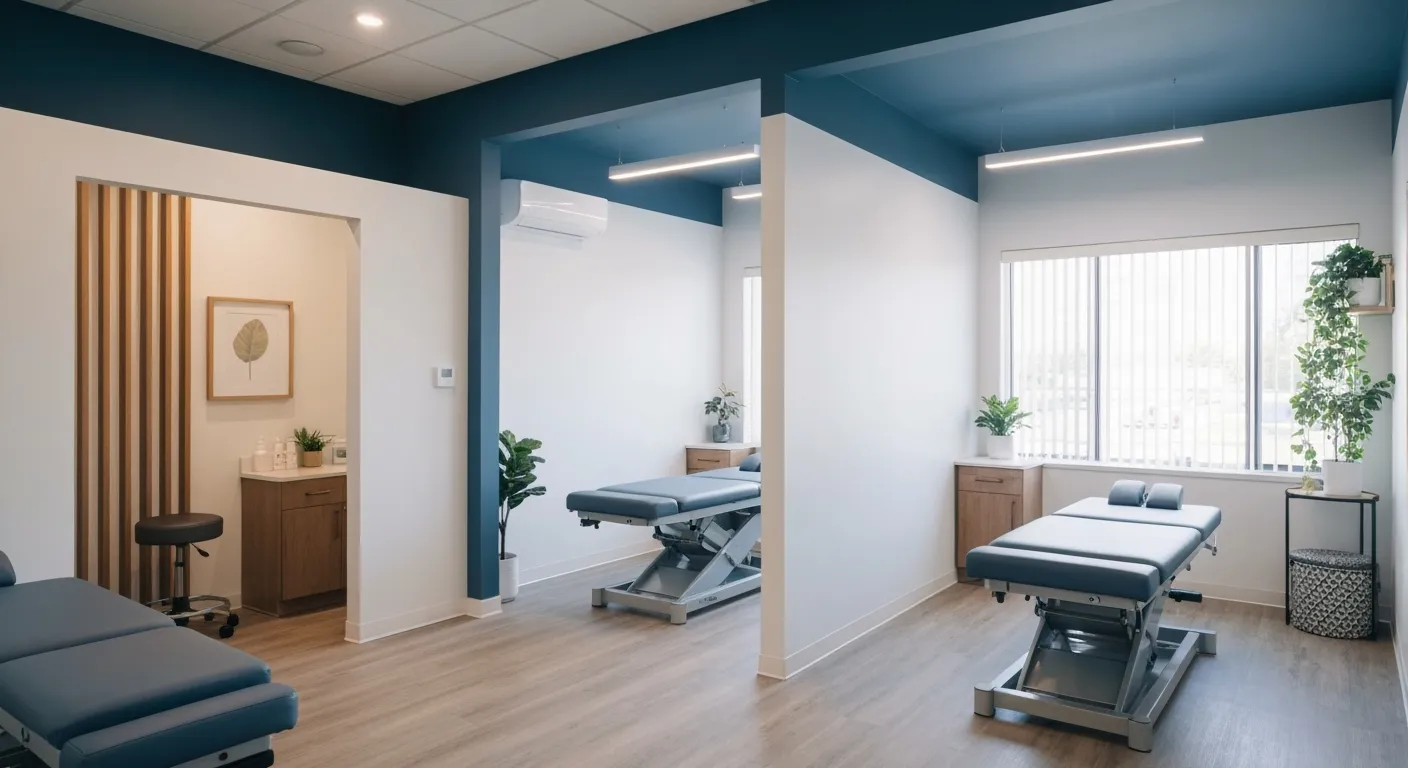
Choosing the Right Chiropractor: Key Factors to Consider Before Your First Appointment

Non-Invasive Treatment Alternatives: A Holistic Approach to Pain Relief

Corrective Exercises to Support Long-Term Relief from Chronic Pain

Exploring Non-Surgical Approaches to Spine Health and Wellness

Tips for Daily Habits That Keep Your Spine Strong

Success Stories: How Chiropractic Treatments Changed Lives

Why Focusing on the Root Cause of Pain Leads to Better Outcomes

Nutritional Counseling and Its Impact on Overall Wellness and Recovery

Patient Testimonials That Showcase the Power of Chiropractic Care

Preparing for Your First Chiropractic Appointment: What You Need to Know
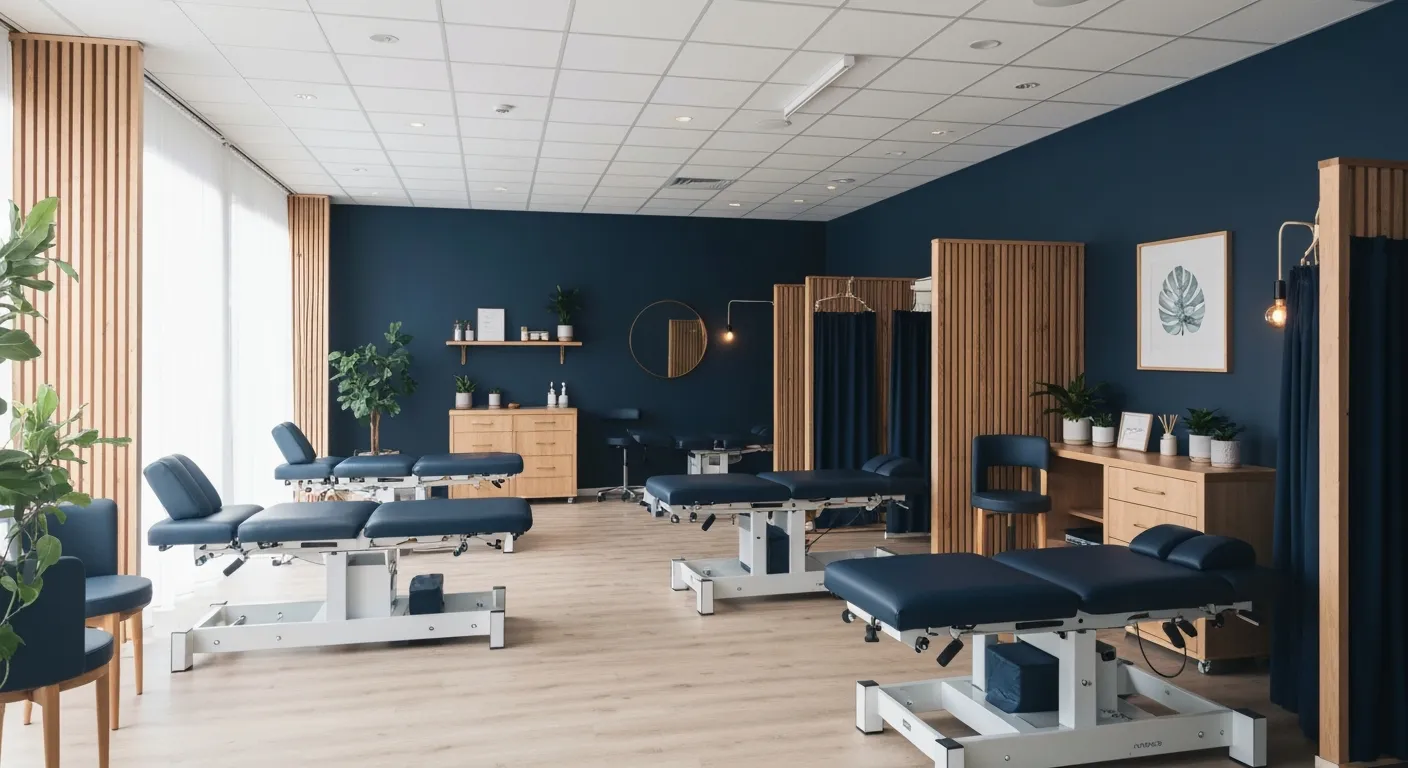
Holistic Treatment Options: Beyond Surgery for Pain Relief

Holistic Pain Relief Methods That Avoid Surgery

Nutritional Strategies for Supporting Spine Health and Recovery

First Chiropractic Visit: What Happens and How to Prepare

Chiropractic Patient Success Stories: Inspiring Journeys to Wellness
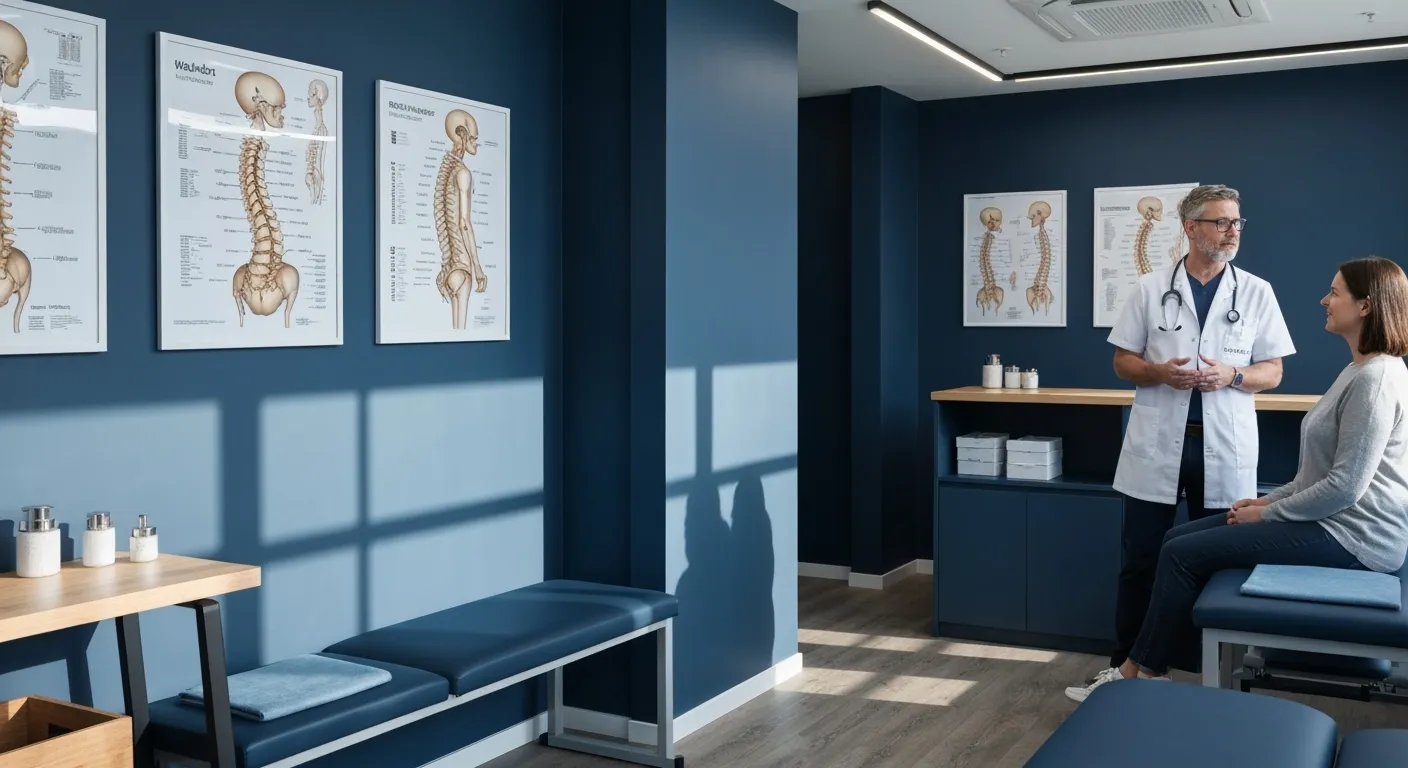
Effectiveness of Spinal Decompression Therapy in Managing Sciatic Nerve Pain

Addressing Pain at Its Source: Why Treating the Root Cause Matters

Corrective Exercise Programs Designed for Long-Term Pain Prevention

Healthy Lifestyle Advice for Maintaining Spinal Alignment
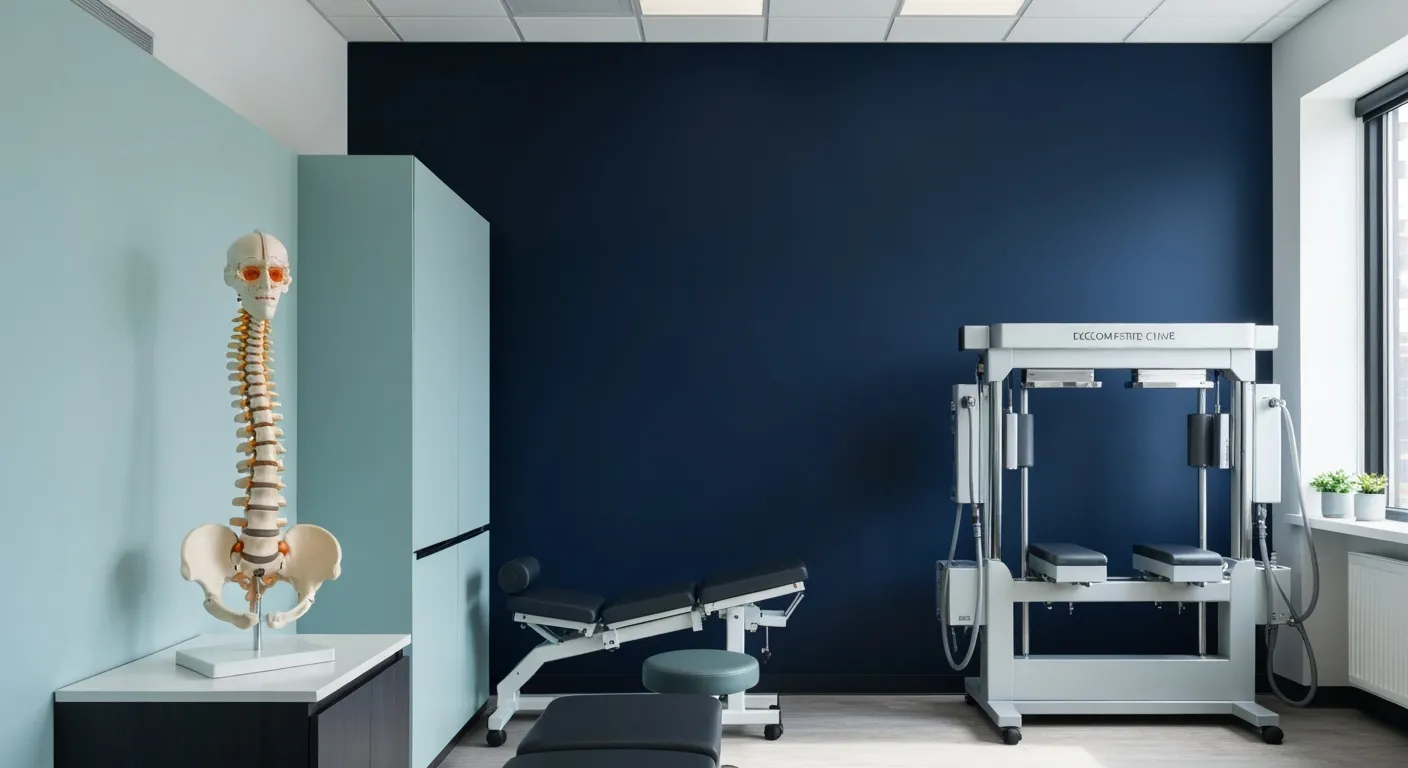
Understanding Spinal Decompression as a Treatment for Sciatica Pain
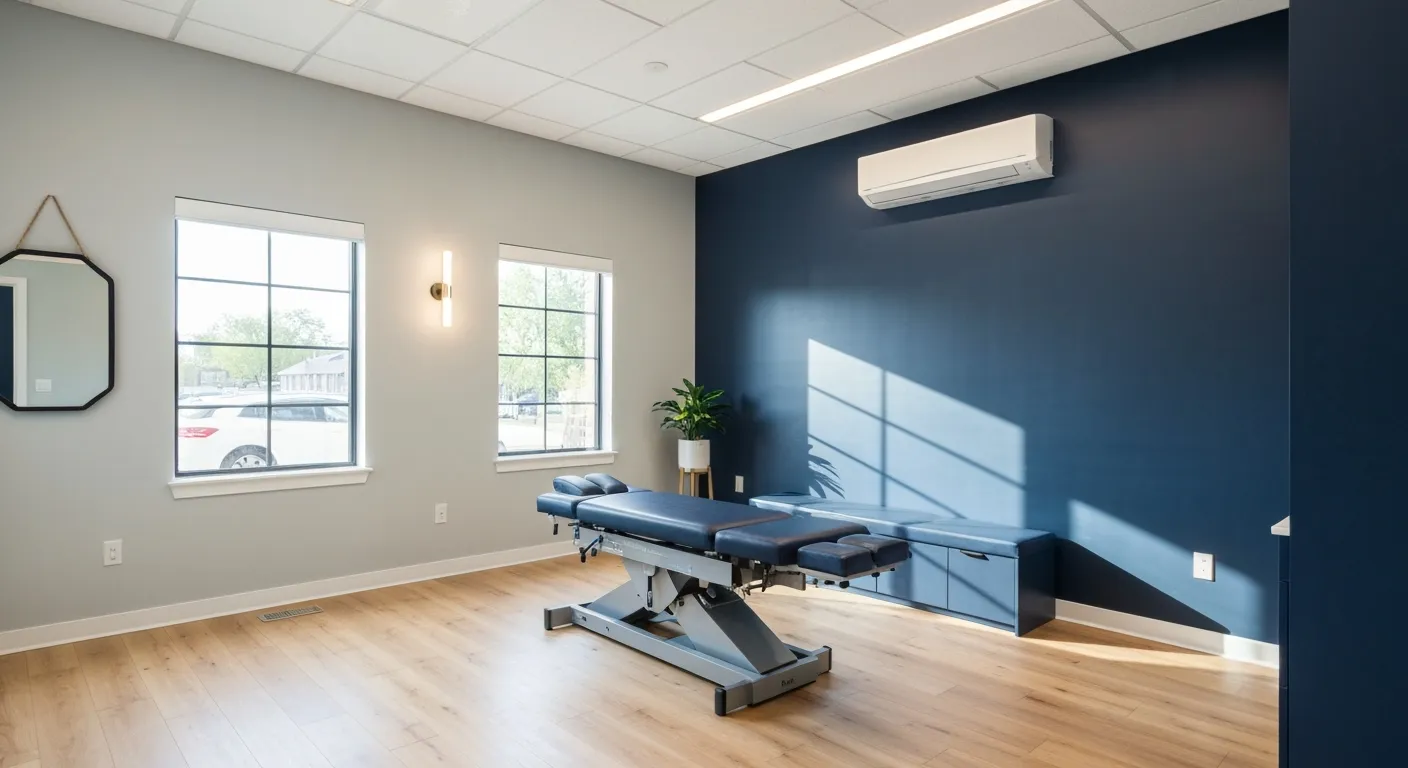
Benefits of Chiropractic Care Specifically for Back Pain Relief

Understanding Gait Analysis in Physiotherapy
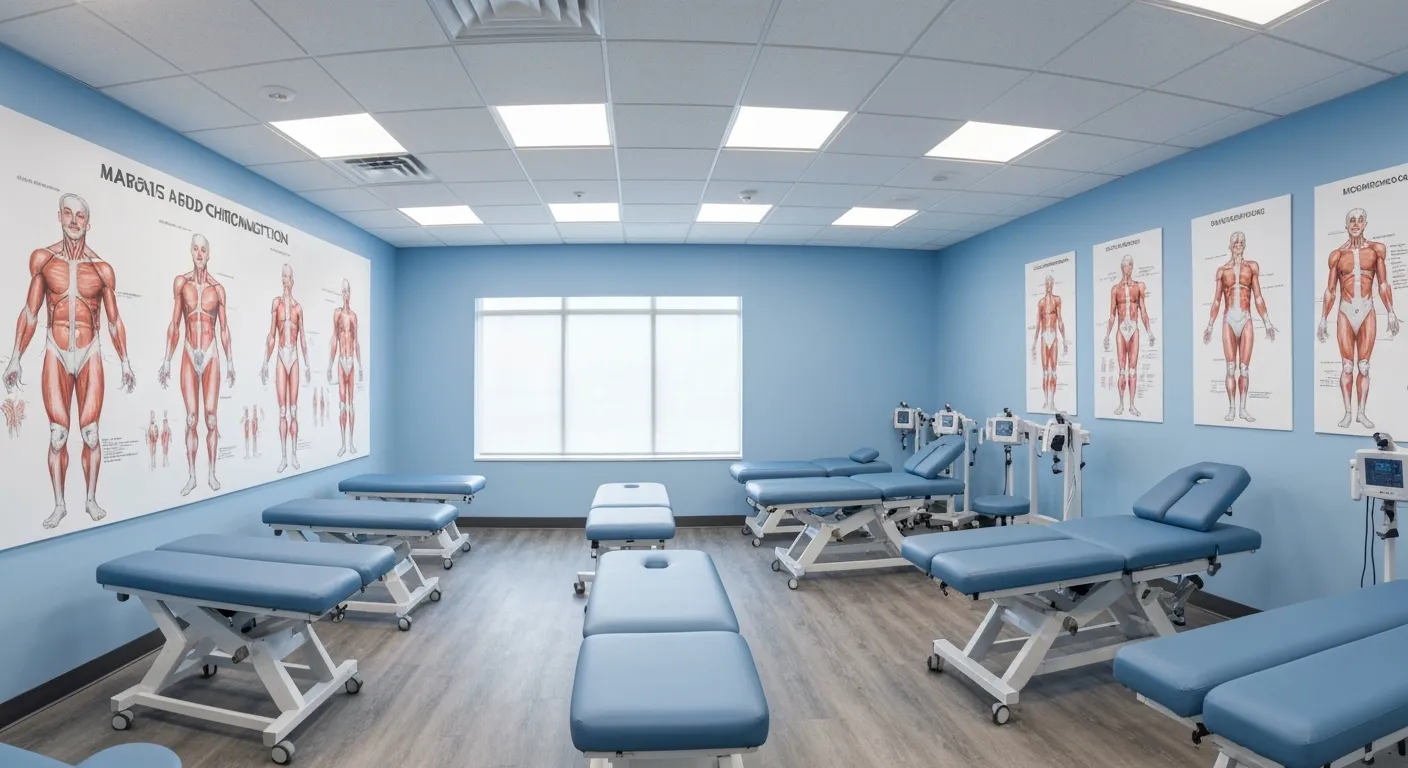
The Difference Between Muscle Soreness and Dysfunction

Workplace Stress Statistics: How Muscle Tension Impacts Productivity

How Physiotherapy Improves Mobility for Seniors

How to Communicate Pain Levels to Your Therapist Effectively
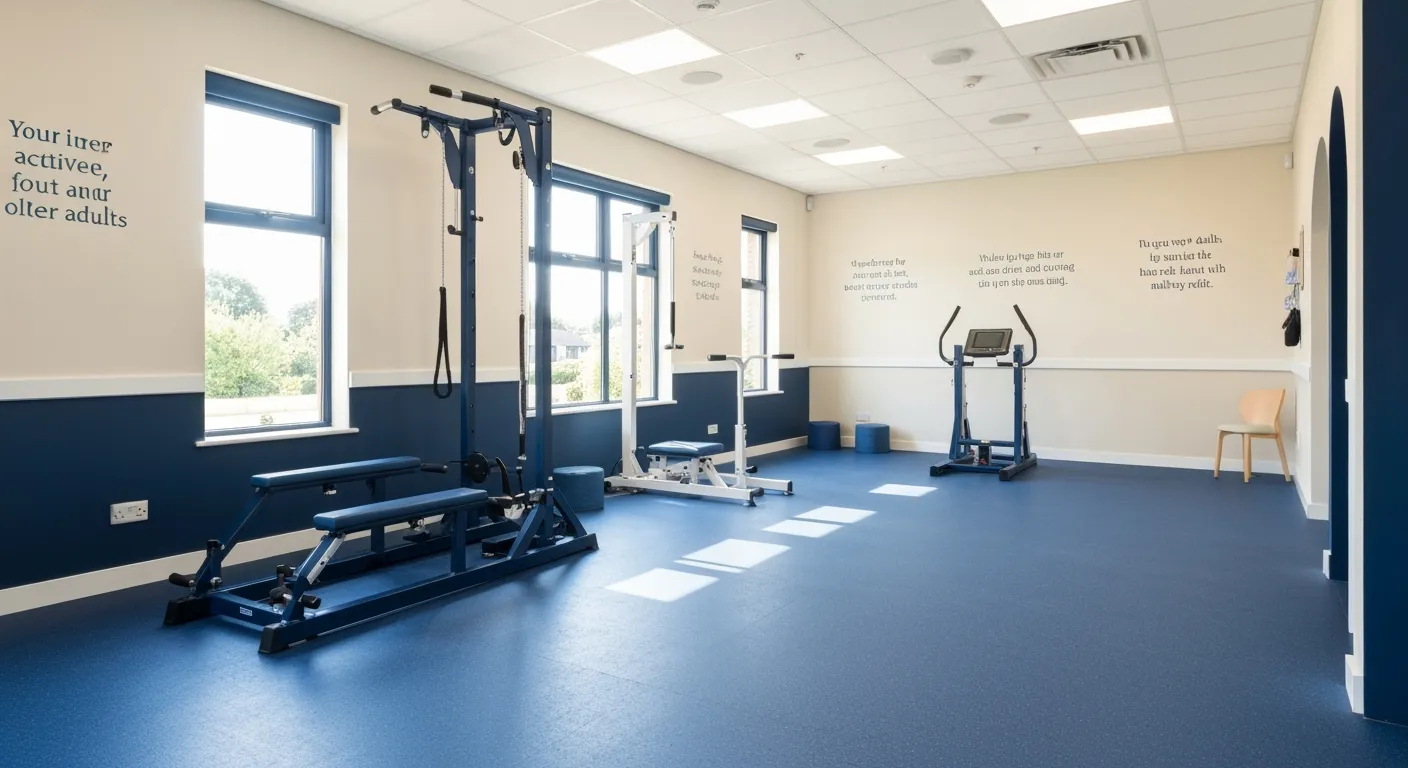
Physiotherapy Interventions for Balance and Fall Prevention

How Physiotherapy Helps Post-Surgical Recovery

Lifestyle Advice Everyone with Back Pain Should Follow

Chiropractic Industry Statistics: Growth, Demand, and Future Trends

Myofascial Release: What It Is and Why It Matters

Chiropractic Care vs. Traditional Medicine: Cost and Effectiveness Statistics

Ergonomic Workspace Tips to Support Spinal Health

Why Proper Breathing Matters During a Massage Session
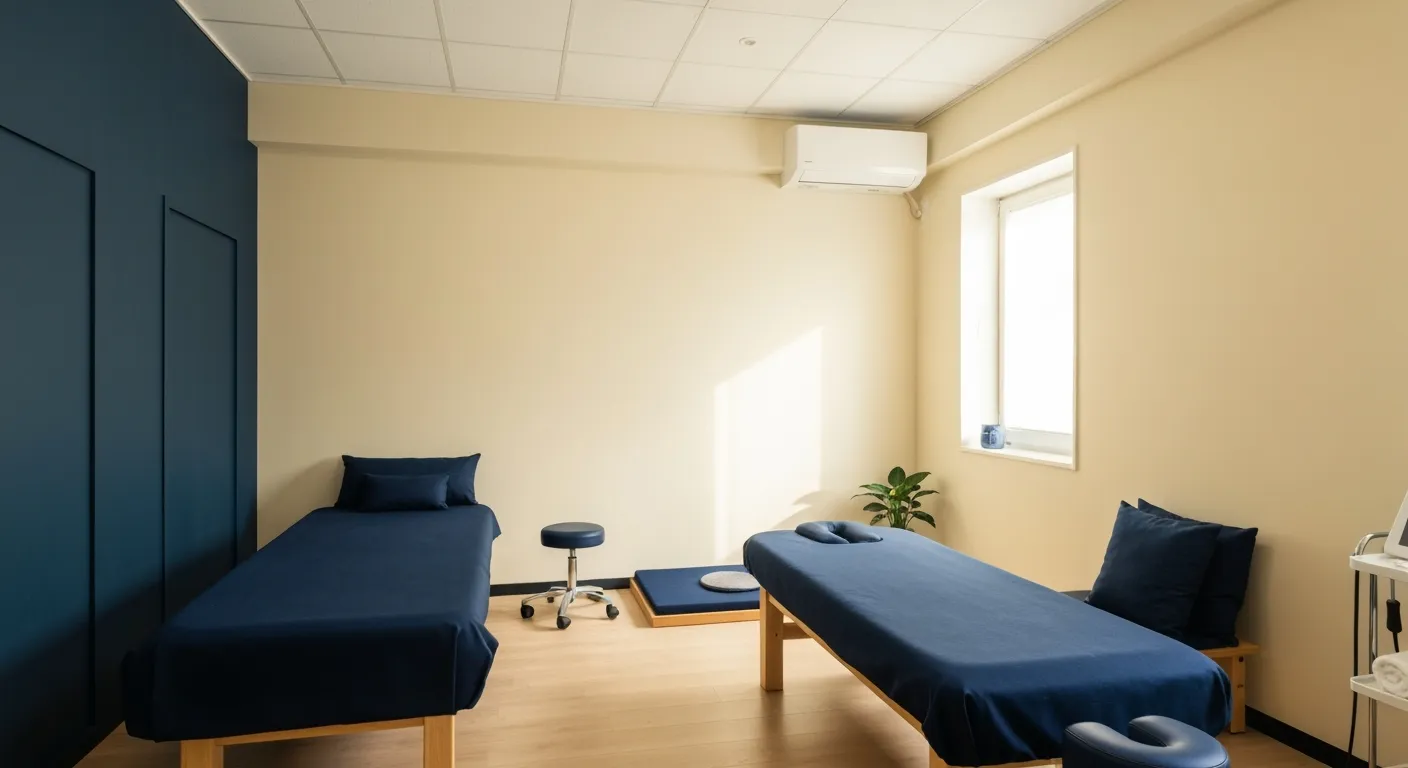
Client Retention Trends in the Therapeutic Bodywork Industry

Why Physiotherapy Is Key in Preventing Re-Injury

How Massage Therapy Supports Natural Pain Relief
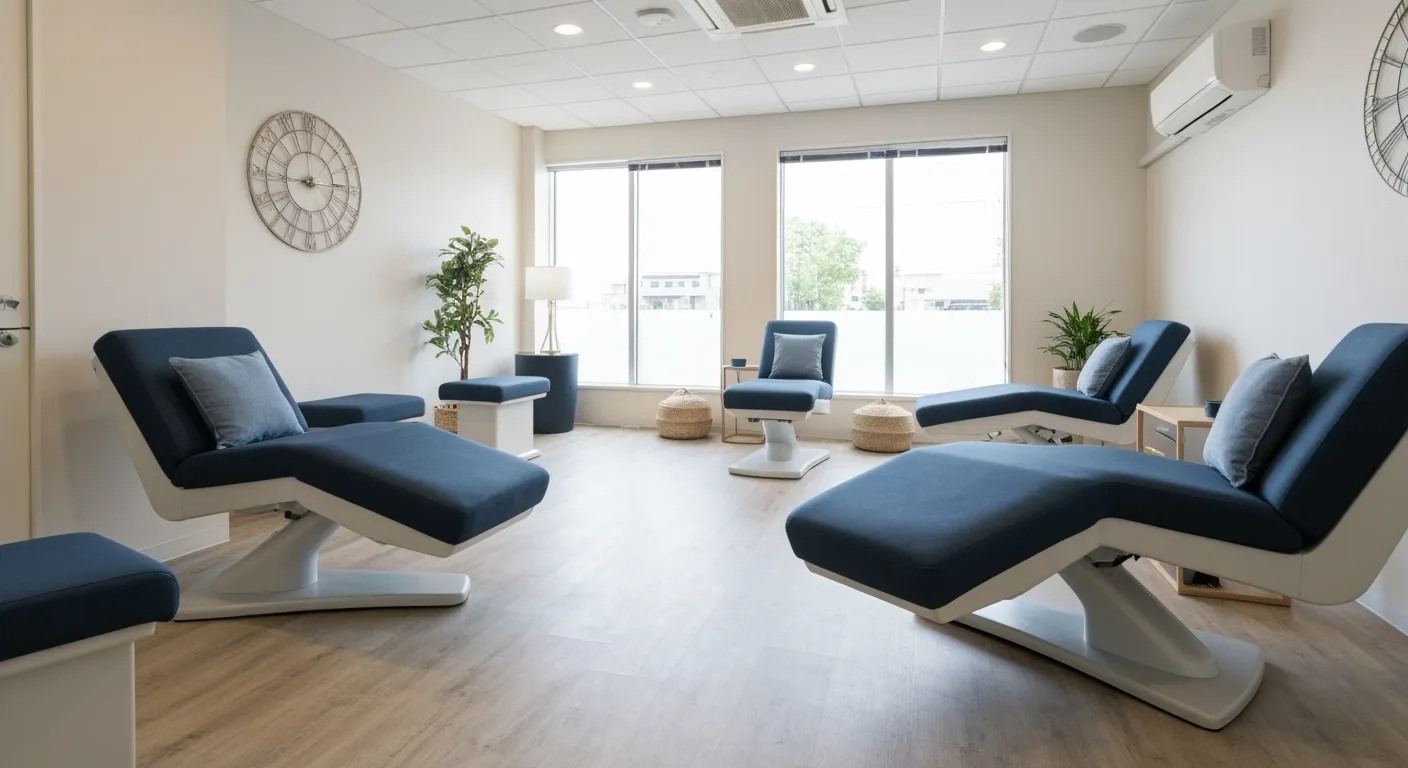
Healthcare Cost Reduction Through Preventive Bodywork Use

Athlete Massage Statistics: Pre-Event vs. Post-Event Outcomes

Massage for Migraine and Headache Relief

